Literacy centers can take a LOT of time to set up, right?!
And if you differentiate your literacy centers, that takes even MORE time.
However, it’s definitely worth it. Although some center activities can work for learners at all levels, other centers activities are much more valuable when they are differentiated (i.e. word work).
So how can we differentiate our literacy centers effectively — and in a manageable way? In this post, I’ll share tips and strategies that have worked for me!

I’ve decided to break up this post into the different centers / types of activities that I use. Even if you don’t use the exact same centers, you’ll be able to use these ideas flexibly to meet your own needs!
Differentiation Ideas for an Independent Reading Center
All kids need opportunities to read independently, whether that means making up a story from the pictures or diving into a chapter book.
Text level provides the best opportunity for us to differentiate the independent reading center. However, I don’t tell my students that they can only read books at a certain level (you can read more about why I don’t do that in this post).
Instead, I allow my students to make guided choices about their independent reading materials. I designate certain times of the week when groups of students visit the classroom library to exchange books from their book bags.
When they pick new books, I ask that they choose:
- Half of their books from ANYWHERE in the classroom library — anything they want!
- Half of their books from a colored bin for their guided reading group
In the colored bin, I place books that the group has read a few times during guided reading. I also sometimes add books that I know will be at the group’s independent reading level.
This way, students get lots of choices, but I know that half their books will be at their independent reading level.
In the independent reading center, they read from those book bags. The independent reading center doesn’t usually include time for them to choose freely from the classroom library because they get in much more reading time if they have their books ready to go and can get right down to reading!
In addition to differentiating through text levels, we can also differentiate through the supports that we provide to students during independent reading.
I like to use strategy card rings as differentiated reading supports!
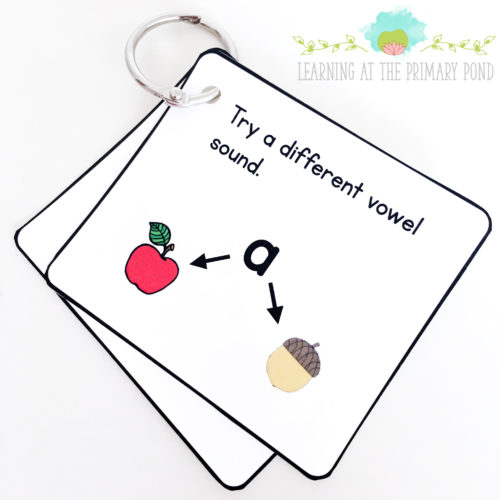
During guided reading or individual reading conferences, I give students specific strategy cards for strategies that I want them to focus on. They can keep these rings in their independent reading bags and refer to them as they read independently.
I try to keep between 2-4 strategies on each child’s ring; otherwise, they can become overwhelmed and not use any of the strategies at all!
Differentiation Ideas for a Partner Reading Center
As with independent reading, we can differentiate partner reading activities by providing students with guided choices for the texts they read.
AND we can differentiate simply by having students read with a partner!
The child who is reading at a lower level learns from the higher reader. And the higher reader benefits from opportunities to teach concepts to the lower reader (thereby solidifying her own understanding of strategies and other skills)!
However, we have to ensure that we create these partnerships strategically. Here’s a simple way to do that:
- Rank your students from highest to lowest in terms of reading ability. Place the highest students at the top of the list. (The order doesn’t have to be 100% perfect — just a general idea.)
- Take your list and divide it in half.
- Match up the highest reader with the middle reader, and on down.
When you do this, you’ll have created a gap between readers that is significant but not too big.
Here’s why I do this: If I pair my lowest reader with one of my highest readers, for example, not much learning will be happening. The higher reader will get frustrated from having to do TOO much teaching. And the lower reader won’t be able to learn much because the higher reader is just so far ahead and so far away from his own zone of proximal development.
You can also use this strategy if you think in terms of guided reading groups. You can rank your guided reading groups from highest to lowest and then set it up so that members of the highest group read with members of the middle group, and on down.
Differentiation Ideas for a Reading Response Center
Some of our centers activities involve having the kids respond to text in writing. We can differentiate:
- The texts students are responding to
- The supports we give them for their written responses.
When it comes to the actual texts, we might offer options. Some students may need to (or want to) respond to texts read aloud in class, since they don’t have to do the actual decoding themselves. Other students can respond to texts they read independently.
For writing supports, we can offer sentence starters. Students who don’t need to use them will likely not use them.

Also, if you want to differentiate the prompts students respond to and/or any supports provided on the writing paper, you can use different colored folders (I like to assign a color to each reading group so students know which folder to use).
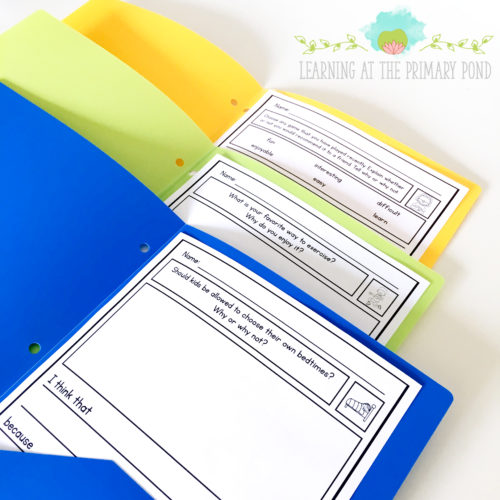
Differentiation Ideas for a Writing Center
Sometimes we have students work on writing, but they’re not responding to text. They might be creating poems, stories, comic strips, etc.
The act of writing is often a self-differentiating task since students will only produce what they are able to produce!
We can also provide supports through examples! Try keeping a binder of writing samples, created by you and the kids, to serve as example mentor texts. Students who need help can peruse the binder and get ideas.
Word cards or word banks are another great way to provide support. Of course, we want students producing actual writing and not just copying words. But if they know that they can spell at least SOME words, that’s a great confidence booster and a place to start!
Additionally, just as with the reading response activities, we can provide sentence starters or lists of transition words to aid students working in the writing center.
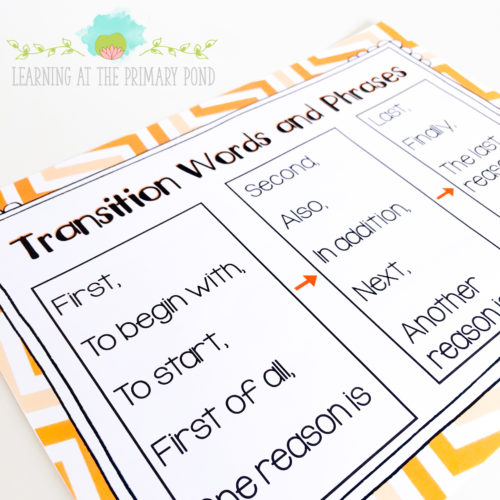
Differentiation Ideas for a Word Work Center
In my opinion, the word work center should almost always involve differentiation!
I like using Words Their Way as a word study program so students have individual word lists and word cards to work on each week.
I have them use those same words for many activities in the word work center. They keep the words in their independent work folders, which they bring to each center.
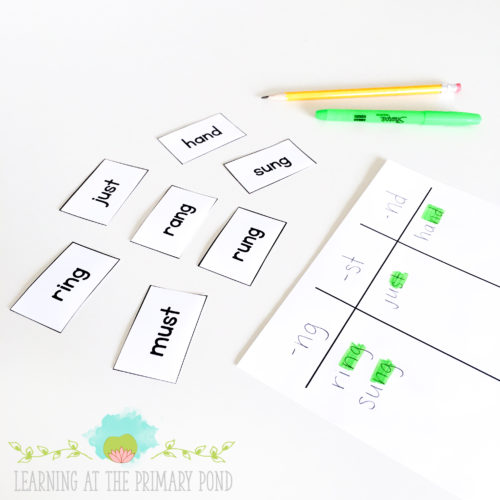
If you’d like to use a different method, try placing different words of different difficulty levels…
- On different colored paper
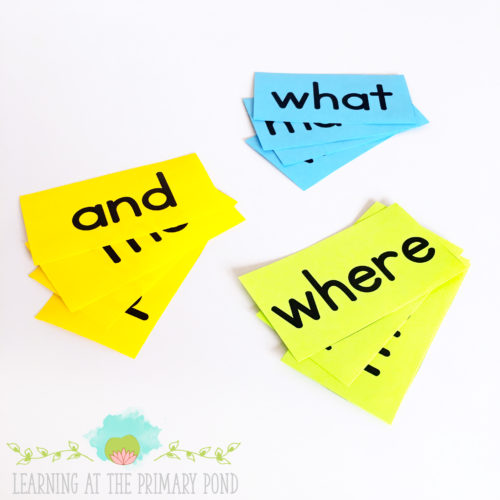
- In baggies with different colored dots

- In small plastic tubs or containers with labels or dots (this is a lunchmeat container!)
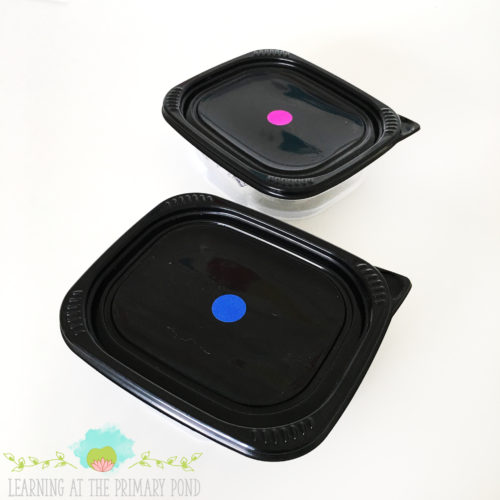 Sometimes, I differentiate the word study or phonics apps students are using:
Sometimes, I differentiate the word study or phonics apps students are using:
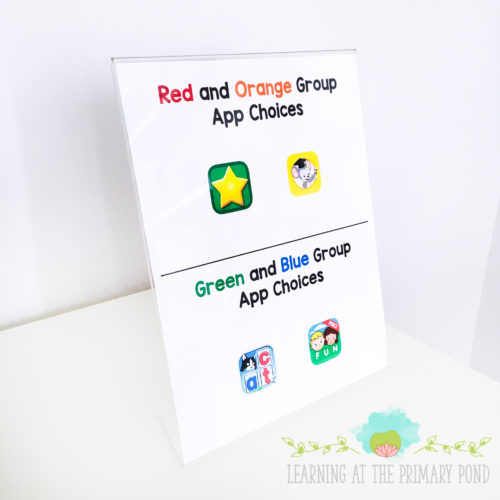
To get these images, I searched for the apps on my desktop computer and took screenshots of the images. This is an easy way to show students which apps they should be using!
Differentiation Ideas for a Listening Center
Last but not least, we have the listening center!
Listening to texts on CD or on the computer is relatively self-differentiating. Stronger readers can read the actual words along with the recorded voice, if they are able. Beginning readers and ELLs learn vocabulary, print features, sentence structure, etc.
Epic and Readworks Digital are two great FREE resources that you can use to differentiate your listening center activities. Both of these tools allow you to create individual logins for each student. You can then assign different texts to those students to listen to and read!
Conclusion
I hope you got a few new ideas for differentiating your literacy centers! If you’re looking to make differentiation even easier, check out my Kindergarten, first grade, and second grade literacy centers bundles. EACH and EVERY activity has differentiation suggestions!
Click on any bundle to read more (you can also look at the centers individually by scrolling down to the bottom of the descriptions):
Happy teaching!

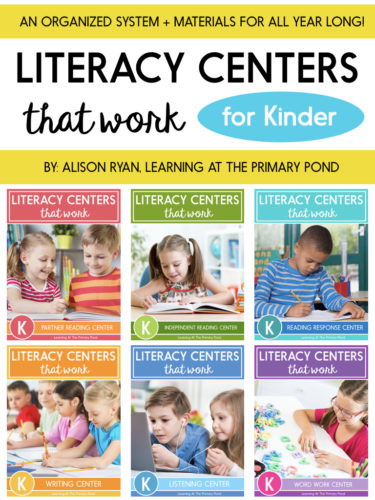
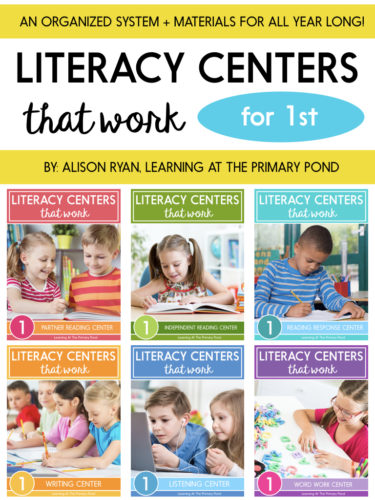
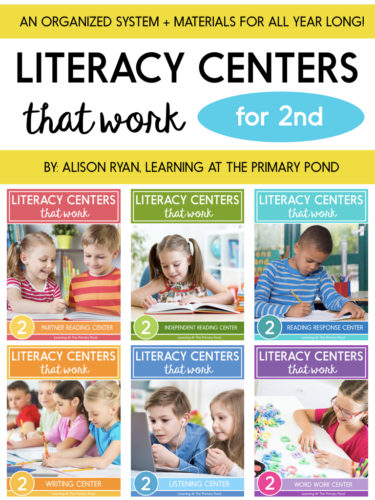

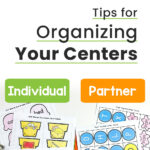
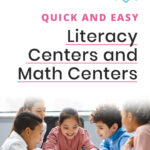
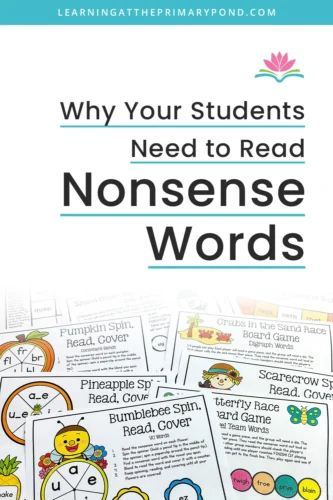
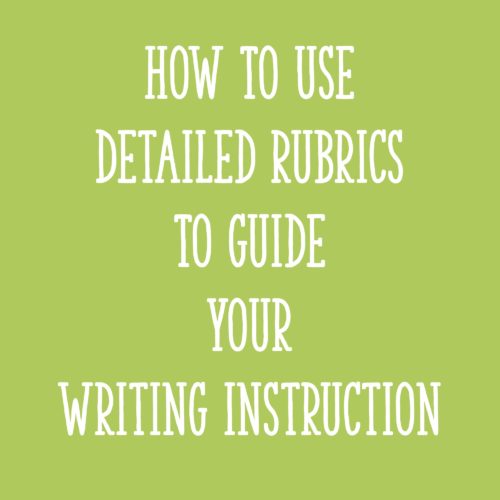
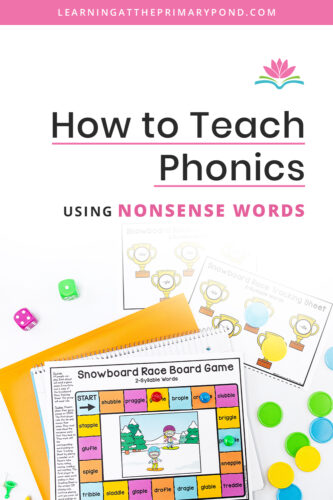






Do you have ideas/activities for Word Work Center in Spanish?
Hi Mercedes! Here are some links that might be helpful to you:
https://learningattheprimarypond.com/blog/how-i-teach-beginning-spanish-phonics/
https://learningattheprimarypond.com/blog/spanish-word-study/
https://www.teacherspayteachers.com/Product/Spanish-Syllables-Practice-with-2-Syllable-Words-Palabras-de-2-silabas-2367474
https://www.teacherspayteachers.com/Product/Spanish-Syllables-Practice-with-3-Syllable-Words-Palabras-de-3-silabas-2367485
Let me know if you have any questions!
Alison
Thank you for the center ideas, and how you differentiate student reading partners. I think it is a great idea to divide the class in half and pair a high reader with a middle reader and so forth. I am anxious to try your new K-2 center ideas.
Hi Ann, you’re welcome! Thanks for reading! 🙂
Alison
Just signed up for your emails!
I will be teaching ELA dual language and have no idea where to start after reading this post I actually see how it can be made fun! Thank you so much for sharing your knowledge, especially for having Spanish resources as well!
Hey Stephanie! That’s exciting! Dual language is definitely a challenge, but fun. Feel free to reach out if there’s ever anything I can help with!
Alison
I love this! Thank you
Very helpful, but I have a question. I assume that when you meet with a group for Guided Reading, they are all at a similar reading level. But at other stations, especially partner reading, it’s nice to have them in mixed ability groups. How then do you manage the rotations, so that everyone gets to every station? Do they stay in their “guided reading group” for the entire Stations period?
Thanks for your help!
Hey Lauren! I agree that it’s nice to have them in mixed ability groups, too. I usually put 2 kids from one guided reading group with 2 kids from another. That group of 4 rotates between the centers (my station, the guided reading center, is not in that rotation). I just pull the group when I need them, so they may miss a center here or there, but it’s not usually the same center.
I’ll go more in depth on this in a post I have planned for early September. 🙂
Alison
Any idea when your literacy stations will be available? We start stations next week and I’m itching to get my hands on them. Love everything you do!
Hey Emily! I am aiming for mid-September! Working super hard on these so it shouldn’t be too much longer! 🙂
Alison
Hi I was wondering if you sale the sentence stems, writing papers and strategy cards?
Hi Bridget!
I have some sentence stems in this freebie: https://lead.learningattheprimarypond.com/free-guided-reading-toolkit
Differentiated writing prompts are here: https://www.teacherspayteachers.com/Store/Learning-At-The-Primary-Pond-Alison/Category/Differentiated-Writing-Prompt-Bundles-273000
Strategy visuals are in the Reading Workshop toolkits here: https://www.teacherspayteachers.com/Store/Learning-At-The-Primary-Pond-Alison/Category/Toolkits-227362
I hope this helps! 🙂
Alison
Hi there, I am a primary teacher in a year 2 bilingual school. How can I make a balanced literacy program, if my English instruction time is only 5 (45) min lessons per week. I have a pretty intensive writing curriculum to cover. I find it hard to encorporate everything into that short of a time.
To mention I have mostly first language German students, and some are reading at a kindergarten level and some age appropriate.
Does that 45-minute time frame also include the writing curriculum you mentioned?